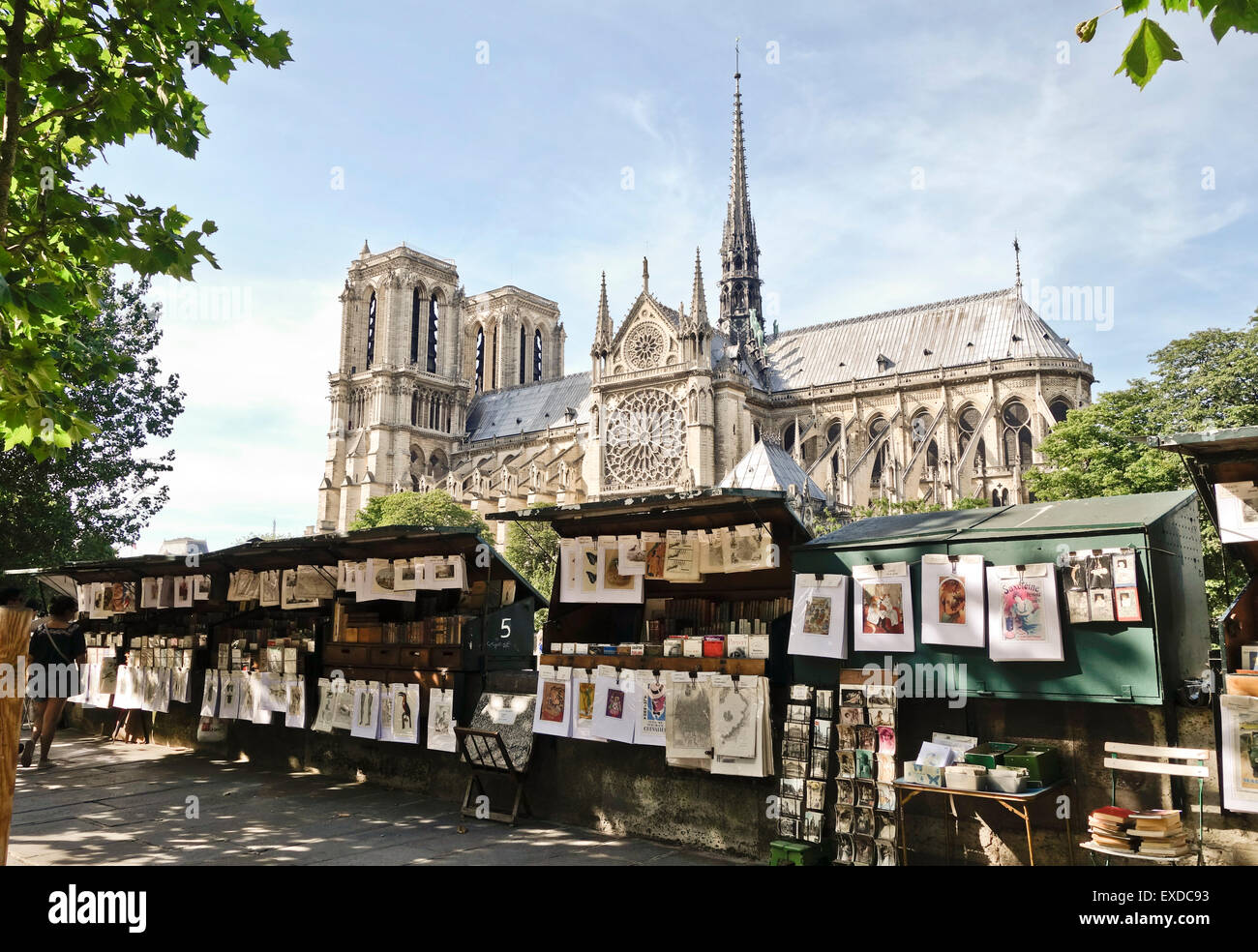

Pages can include considerable notes-in pen or highlighter-but the notes cannot obscure the text. All pages are intact, and the cover is intact (the dust cover may be missing). Pages can include limited notes and highlighting, and the copy can include "From the library of" labels or previous owner inscriptions. Today the scale of the island is small compared to the density constructed on the island. The River Seine provided a natural defense system to the island when it was settled during Classical Roman times. All pages are intact, and the cover is intact. Notre Dame de Paris Cathedral is located in an urban context, within a special place known as the Ile de la Cit, or Island of the city. * Good: A copy that has been read, but remains in clean condition. Pages are intact and are not marred by notes or highlighting, but may contain a neat previous owner name. * Very Good: A copy that has been read, but remains in excellent condition. Dust cover is intact pages are clean and are not marred by notes or folds of any kind. * Like New: An apparently unread copy in perfect condition. A brand-new, unused, unread copy in perfect condition. We based our evaluation of book condition on the following criteria: 'A great writer - inventive, witty, sly, innovatory' If you enjoyed Notre-Dame de Paris, you might like Gaston Leroux's The Phantom of the Opera. Though exiled to the Channel Islands by Napoleon III, Hugo returned to Paris in 1870 and remained a great public figure until his death: his body lay in state under the Arc de Triomphe, and he was later buried in the Panthéon. He wrote volumes of criticism, Romantic costume dramas, lyrical and satirical verse and political journalism but is best remembered for his novels, especially Notre-Dame de Paris (1831) and Les Miserables (1862) which was adapted into one of the most successful musicals of all time. Victor Hugo (1802-85) was a forceful and prolific writer. This revised edition also includes further reading and a chronology of Hugo's life. John Sturrock's clear, contemporary translation is accompanied by an introduction discussing it as a passionate novel of ideas, written in defence of Gothic architecture and of a burgeoning democracy, and demonstrating that an ugly exterior can conceal moral beauty. Victor Hugo's sensational, evocative novel brings life to the medieval Paris he loved, and mourns its passing in one of the greatest historical romances of the nineteenth century. Esmerelda, however, has also attracted the attention of the sinister archdeacon Claude Frollo, and when she rejects his lecherous approaches, Frollo hatches a plot to destroy her, that only Quasimodo can prevent. Mocked and shunned for his appearance, he is pitied only by Esmerelda, a beautiful gypsy dancer to whom he becomes completely devoted.

In the vaulted Gothic towers of Notre-Dame Cathedral lives Quasimodo, the hunchbacked bellringer. More commonly known as The Hunchback of Notre-Dame, Victor Hugo's Romantic novel of dark passions and unrequited love, Notre-Dame de Paris, is translated with an introduction by John Sturrock in Penguin Classics.


 0 kommentar(er)
0 kommentar(er)
